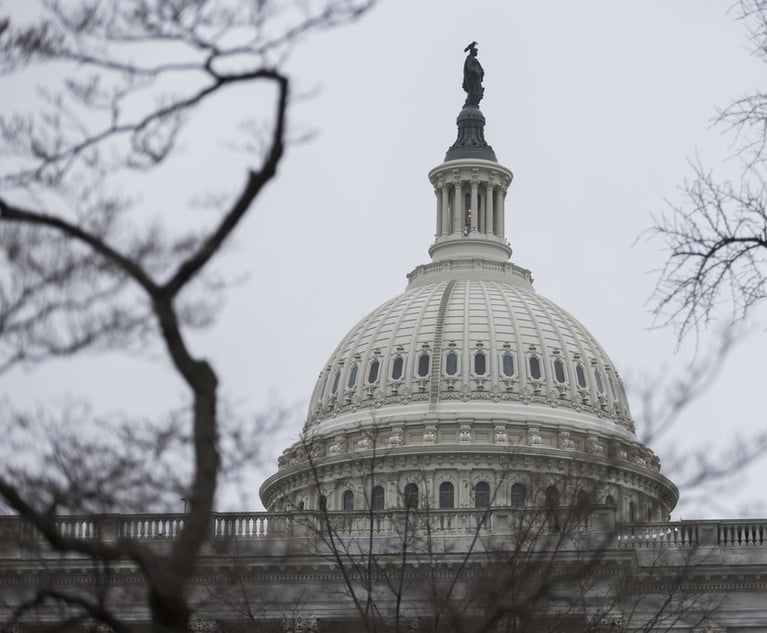Prices paid to U.S. producers decelerated in December as two key drivers of inflation in 2021 — food and energy — declined from a month earlier, suggesting cost pressures may be starting to ease.
The producer price index for final demand increased 0.2% from the prior month after an upwardly revised 1% jump in November, Labor Department data showed Thursday. From a year earlier, the PPI was up 9.7%, the second-largest in figures back to 2010.
The median projections in a Bloomberg survey of economists called for a 0.4% increase from a month earlier and a 9.8% annual jump.
Excluding the volatile food and energy components, the PPI climbed 0.5% in December and was up a larger-than-projected 8.3% from a year earlier.
The December pullback reflected declines in the costs of gasoline and food. The prices of services increased from a month earlier, though more moderately. The figures suggest rapid inflation is poised to cool after a combination of materials shortages, limited labor and transportation bottlenecks sent prices soaring last year.
However, the omicron variant presents an upside risk over the short term to goods prices in the months ahead, as quarantines and illness prevent many from working. A separate report Thursday showed applications for state unemployment insurance were the highest in two months.
A closely watched inflation gauge, the consumer price index, rose 7% last year, the most in nearly four decades, according to data out Wednesday. The monthly advance exceeded projections, setting the stage for the Federal Reserve to begin hiking interest rates as soon as March. Economists expect consumer inflation to moderate over 2022.
Producer prices excluding food, energy, and trade services, a measure often preferred by economists because it strips out the most volatile components, rose 0.4% from the prior month. Compared with a year earlier, the gauge increased 6.9%.
Costs of processed goods for intermediate demand, which reflect prices earlier in the production pipeline, declined 0.3% in December, the first decrease since April 2020. Compared with a year earlier, the measure jumped 24.4%.
Reade Pickert reports for Bloomberg News.
NOT FOR REPRINT
© 2024 ALM Global, LLC, All Rights Reserved. Request academic re-use from www.copyright.com. All other uses, submit a request to [email protected]. For more information visit Asset & Logo Licensing.


 Credit: Petinovs/Adobe Stock
Credit: Petinovs/Adobe Stock




